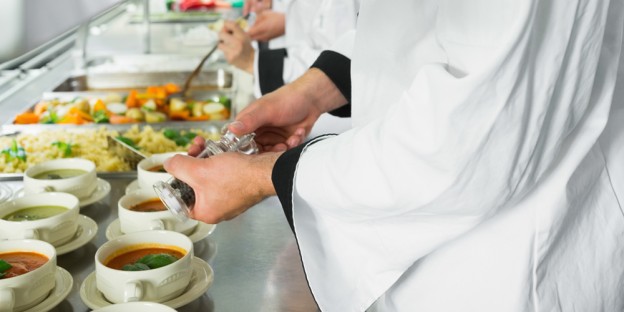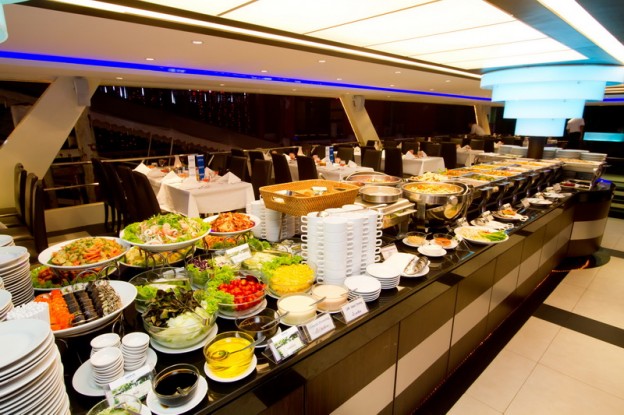Cruise ship chef jobs are one of the many hundreds of on board positions that ensure the smooth functioning of the vessel as well as a great overall experience for guests. It’s a similar responsibility for those in hotel and restaurant kitchens on shore.
For both, the skills required are mostly the same – excellent culinary technique and a passion for cooking. But the environments are vastly different. The most vital is the type of contract one signs – cruise ship chef jobs require staff to stay on board for months at a time, away from family and friends and often work every day of the week. On shore, chefs get days off every week, and can see friends and family whenever they like – off work, of course!
Additionally, working on shore means you can enjoy the comforts of your own room at home every day. On board a cruise ship, crew cabins have restricted space and are most often shared, so there is little space for privacy.
Because work hours can be so demanding companies typically sign contracts with cruise ship chefs that last a few months – between four to eight typically – and give them a few months off before the contract is renewed. This ensures you have time off as required by maritime law.
On board, risks are higher so pay is usually commensurate with it. As a cruise ship chef you will enjoy a higher salary than your on-shore counterparts for the time you are on board, but none when you are on leave. Shore jobs offer you compensation that covers the entire duration of the contract, including a certain number of holidays and days of leave as well.
When you work on board a ship, contract durations mean you will spend a big holiday – such as Diwali or Christmas – at home with family every once in a while. Shore jobs are not so lucky in this regard as these are the busiest times for the hospitality industry. Most holidays will be spent working.
Cruise ship chef jobs offer the opportunity to travel wherever the vessel goes, and this is often to some of the world’s most exotic ports. It depends, of course, on your duty hours if you are able to get shore leave and enjoy your time there. Onshore jobs are based in a single location. However, with hard work and at higher levels, big companies often hand select good candidates to lead restaurants at hotels in different locations.
But wherever you choose to work, the fundamental skills are identical and working hard in both environments will ensure you do well at work.



